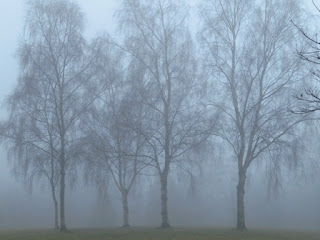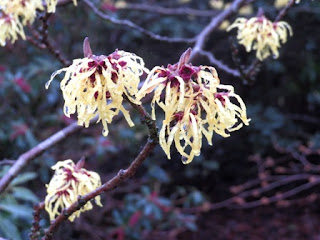Four Early Summer Plants
 |
| Rhododendron insigne |
The pretty pink and white stripped Rhododendron insigne is one of several flowering at the moment. The leathery leaves have a silvery metallic underside which makes it very distinctive. An Ernest Wilson introduction in 1908.
 |
| Crinodendron hookerianum |
hundreds of bees. There is a pink form called Ada Hoffman.
 |
| Styrax hemsleyanus |
Another plant attracting the bees at the moment is Styrax hemsleyanus, the Chinese Snowbell Tree, also a Wilson introduction from China. A very attractive small tree with racemes of white bells in early summer.
 |
| Magnolia hypoleuca |
There are a number of Magnolias flowering at the moment including Magnolia hypoleuca sometimes known as obovata. A handsome tree with large leaves and strongly scented flowers. It is a native of Japan and was first introduced in about 1820.
































